Table of Contents
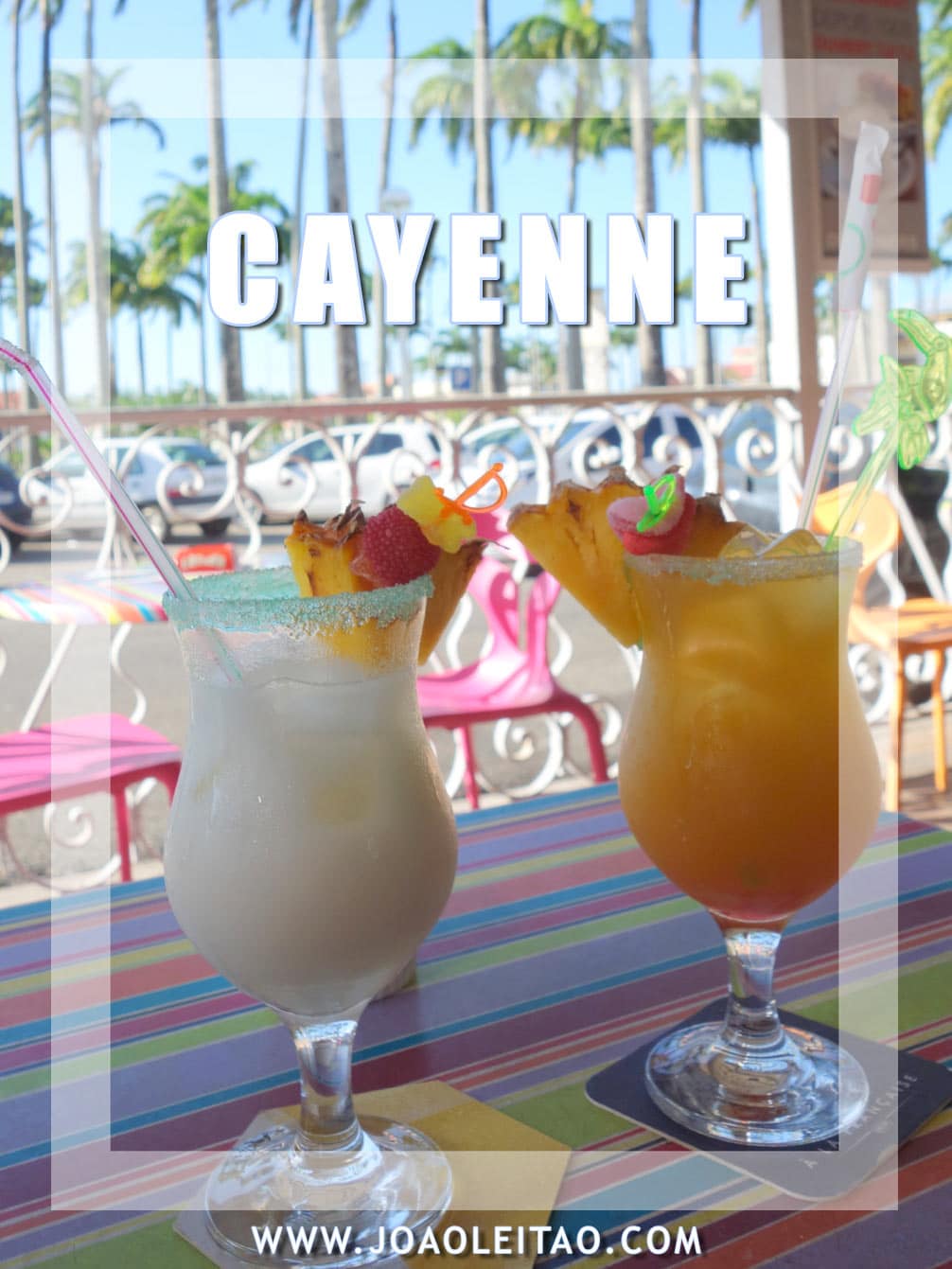
Cayenne is the capital city of French Guiana, a French territory located in South America. Cayenne was founded by French settlers in 1643, on land acquired from a Galibi native American tribe.
According to the legend, the name of the place comes from that community, which is the same name as the son of king Cépérou. His father was so impressed by his actions that he allowed the village to be named after him.
These days it’s a city with over 100,000 people and the capital of this piece of Europe in South America that is the French Guiana. It doesn’t have a long list of must-see places, but it’s worth visiting for its classical colonial atmosphere and the small historical center full of bright-colored houses.
Top Cayenne
1
Turtle-watching
2
Fort Cépérou
3
Place des Palmistes
4
Montjoly Salt Mines
5
Fort Diamant
Visit Cayenne – What You Need to Know
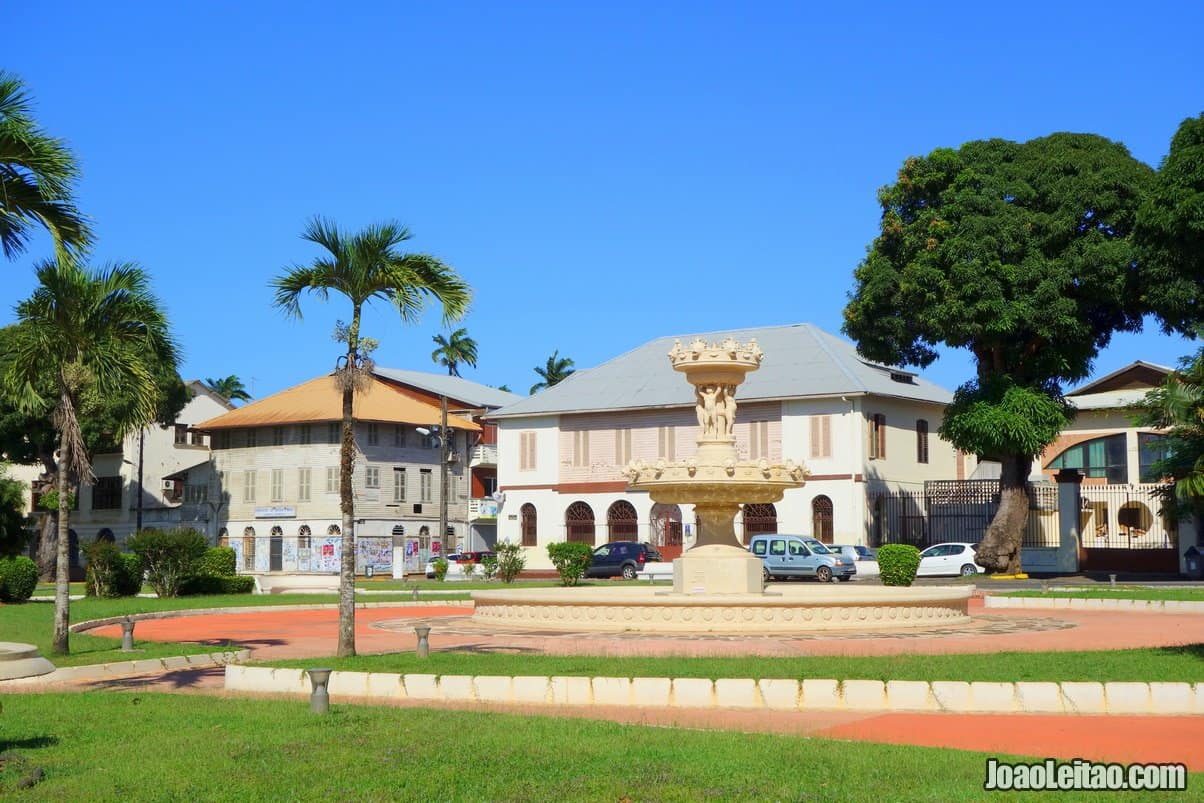
Cayenne does not have a long list of attractions but it is worthy to visit. The city transcends the classic atmosphere of colonial times, with a small historical center full of old wooden homes painted in gaudy colors.
There are a few museums, a couple of old forts and in its immediate vicinity we can find quality beaches with excellent conditions for surfing. The vegetable and fish market are picturesque and the Cayenne Carnival is something worth seeing.
Top things to do in Cayenne
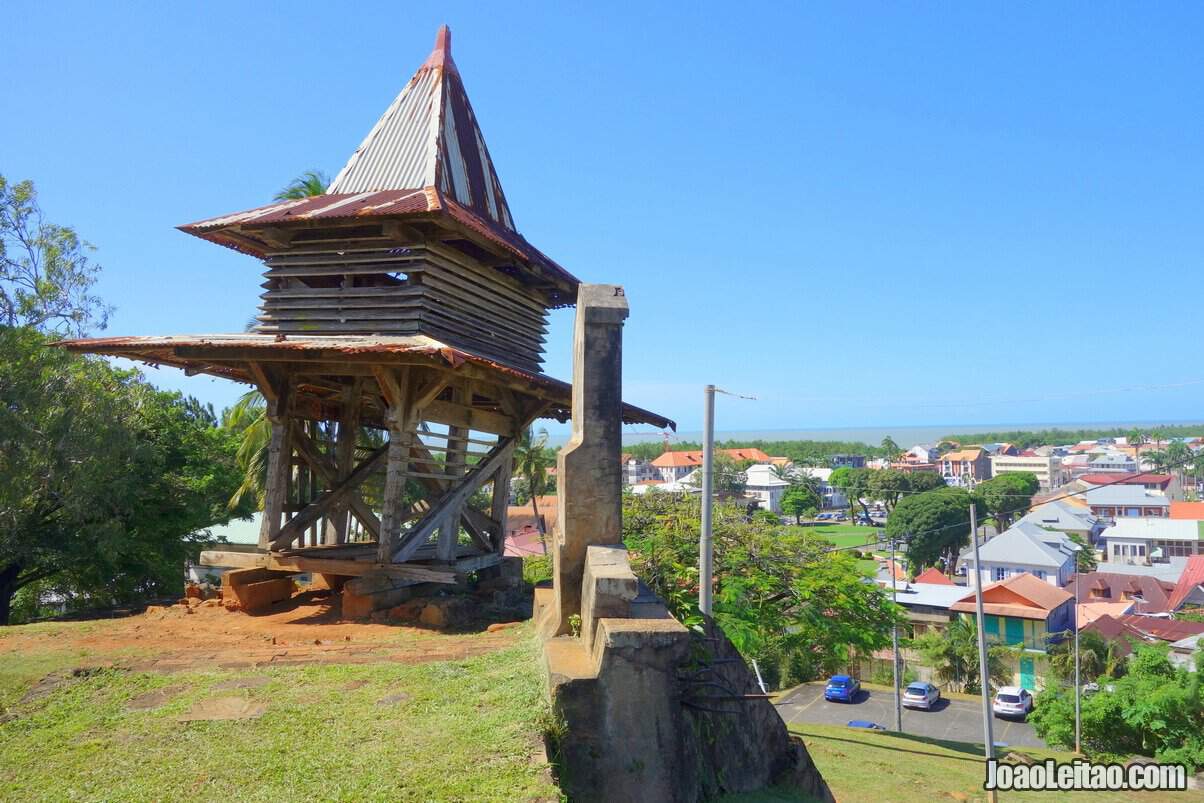
- Fort Cépérou
- Place des Palmistes
- Salines de Montjoly
- Fort Diamant
- Cathédrale Saint-Sauveur de Cayenne
- Musée des Cultures Guyanaises
- Botanical Garden of Cayenne
- Turtles on the Beach at the Novotel Hotel
Map of attractions in Cayenne
Map with the most popular attractions in Cayenne
Quick travel tips to visit Cayenne
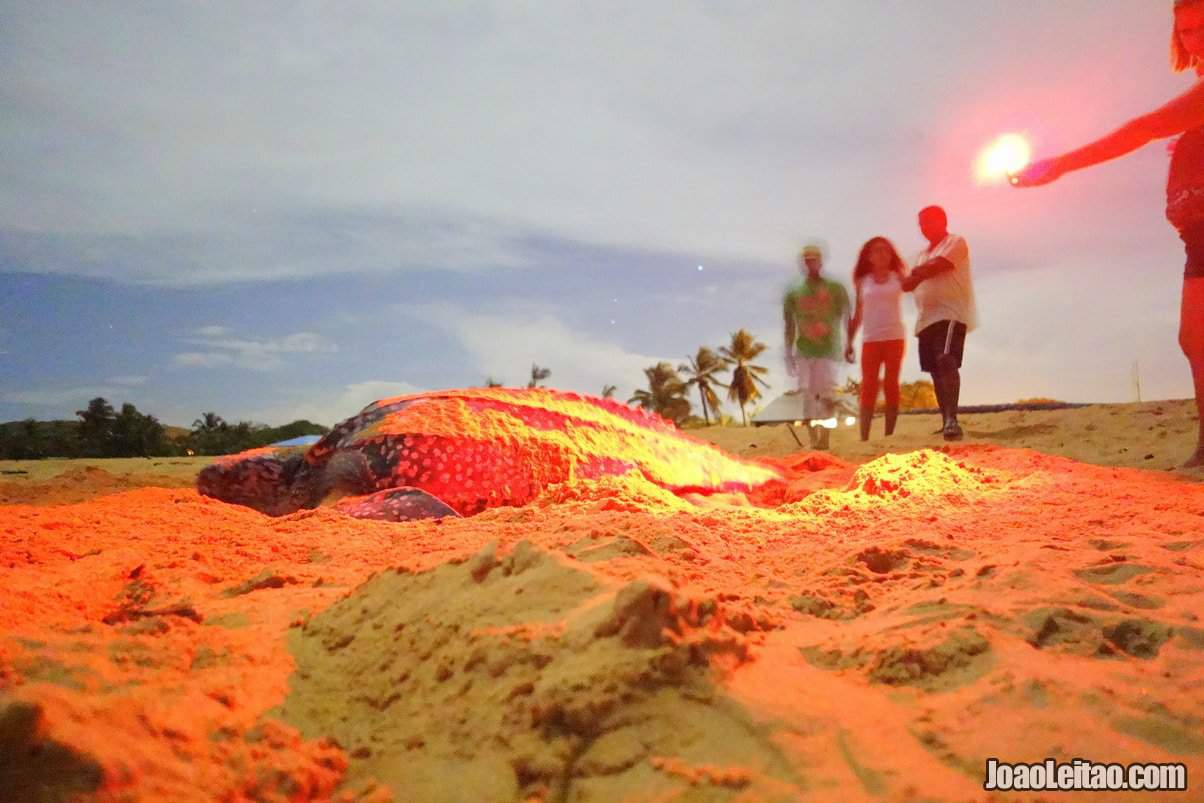
- Wake up early and be the first at monuments, museums, or other landmarks.
- Climb to Fort Cépérou – the best view of the city.
- The best place in the city for turtle-watching is at the Novotel Beach.
- Be careful about your belongings.
- Although very cliché and touristy, drink a juice in Place des Palmistes.
- To find out when to go to Cayenne, gather all information about the seasons and local climate.
- The best time to visit Cayenne is during the dry season, between August and November.
Best places to visit in Cayenne
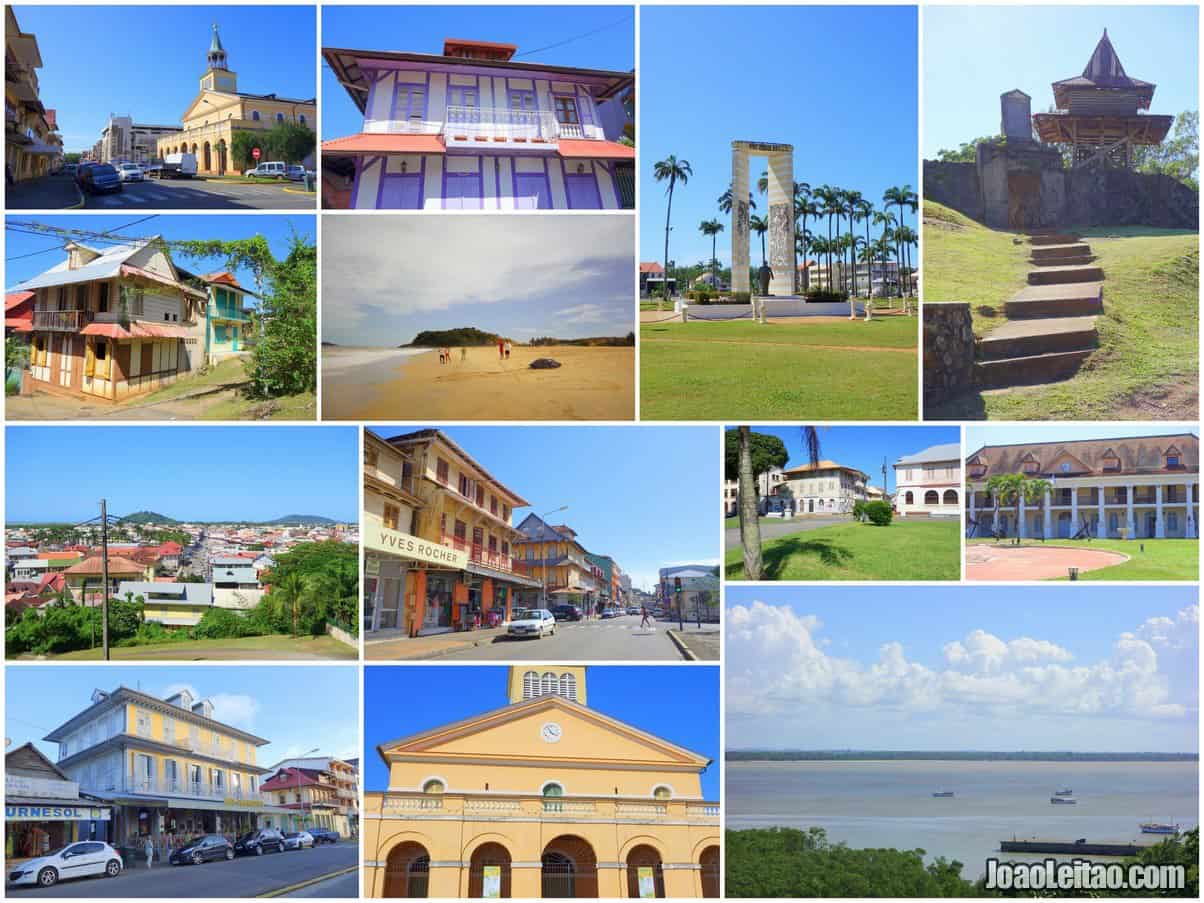
Top 7 places to visit in Cayenne.
1. Fort Cépérou
Fort Cépérou is on Mount Cépérou in the center of Cayenne. It’s the historical center around which the city grew, built on lands acquired from the Galibi tribe by French settlers. From there you have amazing views over the city and the Cayenne River, but access is limited because it’s close to military facilities. Not too long ago, the whole structure was neglected and the bell tower built in the 19th century risked collapsing, so it was off limits to prevent any accidents. The site was restored in 2016.
2. Place des Palmistes
Place des Palmistes is the main city square, named after the palm trees you’ll see there. In the middle, you’ll see the Republic Column, a monument built in 1890 to celebrate the fall of the Bastille during the French Revolution. There’s a bust of Marianne at the top, designed by Paul Lecreux. In another part of the square, you’ll see the statue inaugurated in 1957 of Félix Éboué, a famous local politician. Both monuments, as well as the square, are classified as National Monuments of France. It’s the locals’ favorite place in the evenings and it’s quite lively around that time of day.
3. Montjoly Salt Mines
The Montjoly salt mines, near the place with the same name about 10 km from Cayenne, are not really salt mines. In fact, there was never any salt mining done there and the name probably comes from the salt deposits that happen after the sea water naturally evaporates, forming a sort of lagoon. There’s a non-circular hiking trail, about 1.5 km long, with several educational panels. It’s a great hike to get closer to Guiana’s local vegetation, especially the mango tree orchards, but also appreciated by bird watchers. You can return via the beach.
4. Fort Diamant
This fort near the mouth of the Mahury River was built between 1840 and 1849. There used to be a fort in the same location during the conflicts with the Portuguese invaders in 1809. The fort we visit now has little strategic meaning and has been pretty much abandoned, except when it was used during the Second World War (1939-1945). It was classified as a French National Historical Monument in 1980 and has been through two renovation projects since. It’s 150 square meters in size, with an area shaped like a half moon and facing the water where they kept weapons, a stronghold that defended the fort from attacks by land, and a fortification between both areas. Today it frequently houses temporary exhibitions.
5. Cathédrale Saint-Sauveur de Cayenne
The Cathédrale Saint-Sauveur was built between 1823 and 1833, but it wasn’t officially inaugurated until 1874 when the main altar, the pulpit, and the confessional were moved there from the chapel located at the Ilet de la Mère penal colony. In 1933, the first bishop of Guiana, Monseigneur Courtay, announced the church was to become a cathedral and it was expanded in 1952. It’s been a Historical Monument since 1992. The interior, the bell tower, and the outside walls were restored in the early 21st century. The church maintains its colonial style and it’s the main religious building in the French Guiana.
6. Musée des Cultures Guyanaises
This museum is housed in a beautiful creole house in the center of Cayenne. The property belonged to Herménégilde Tell, the father in law of the famous local politician Félix Éboué. It was founded in 1995 and labeled as Museum of France. The collection contains, mainly, ethnographic pieces with artifacts from different ethnic groups who make up the population of Guiana, including the more recent immigrant waves from Brazil and Haiti. There are some archaeological objects and a decent document archive. Temporary exhibitions happen regularly in an adjacent building. The museum is open Monday to Friday from morning to afternoon, and on Saturdays only in the morning.
7. Cayenne Botanical Garden
This 3-hectare botanical garden is located at the end of Charles de Gaulle Avenue by the University. The garden was officially founded in 1879, then under the name Jardin du Roi (Garden of the King), but there are older references of a botanical garden in the city. The arboretum has several tree species that are common in Guiana, endemic or not, with fairly complete informative plaques. The botanical garden is the most significant green area in the city, and because it’s so central, it’s sought frequently by locals to rest in the shade. The space often doubles as a venue for official and private events.


